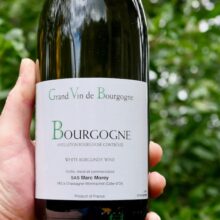
Product information
Domaine Marc Morey Bourgogne Blanc 2021
Chardonnay from France, Côte du Beaune, Chassagne-Montrachet, Burgundy
$117
Description
A background hint of reduction blurs the nuance of the petrol and citrus zest-scented nose. The racy, delicious and nicely concentrated middleweight flavors possess a lovely texture that contrasts somewhat with the mildly rustic and agreeably dry finish where the citrus character of the nose resurfaces. Drink: 2025+
Allen Meadows, Burghound 86 Points
The 2021 Bourgogne Blanc has a simple but bright malic nose, well-defined and a little flinty in style. The palate is well balanced with bitter lemon on the entry, moderate depth and a short saline finish. Fine.
Neal Martin, Vinous 85-87 Points
In stock
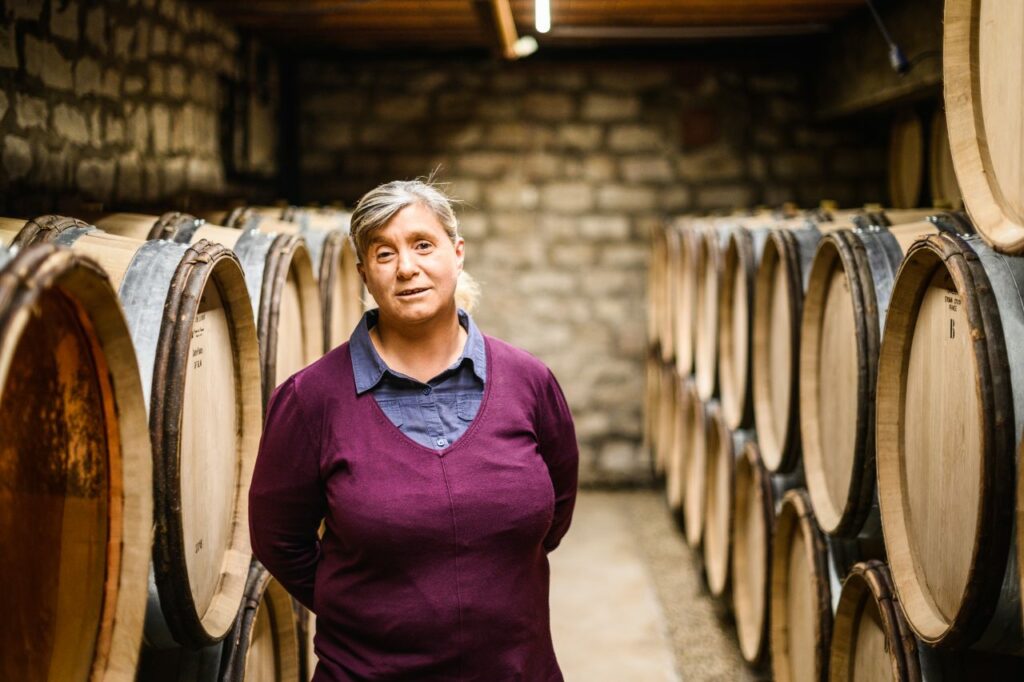
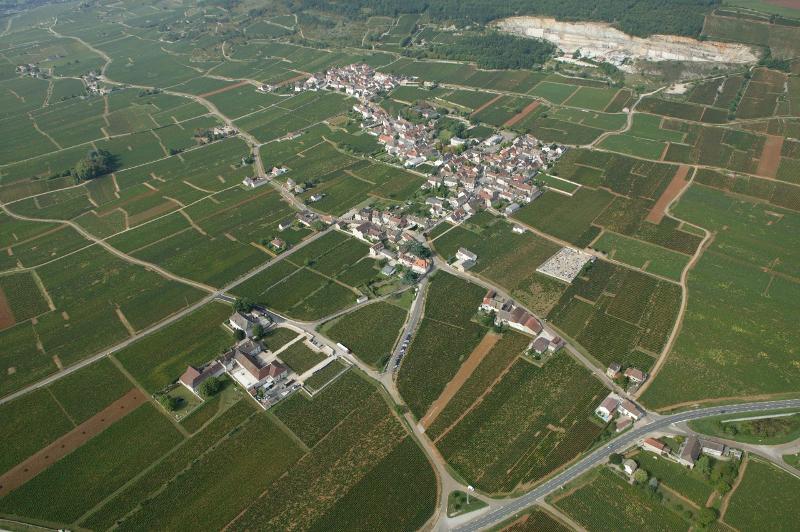
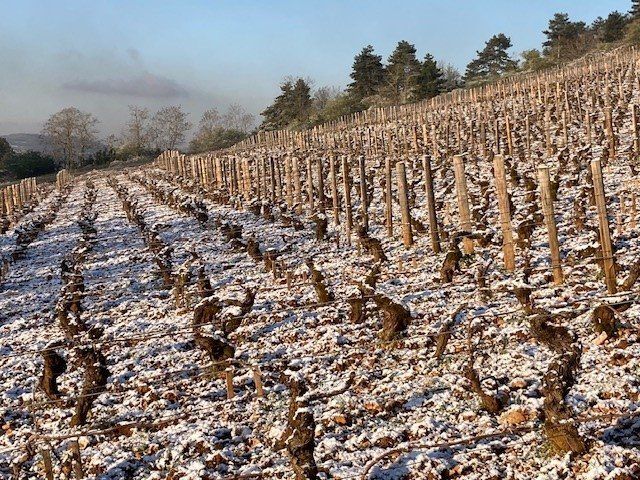
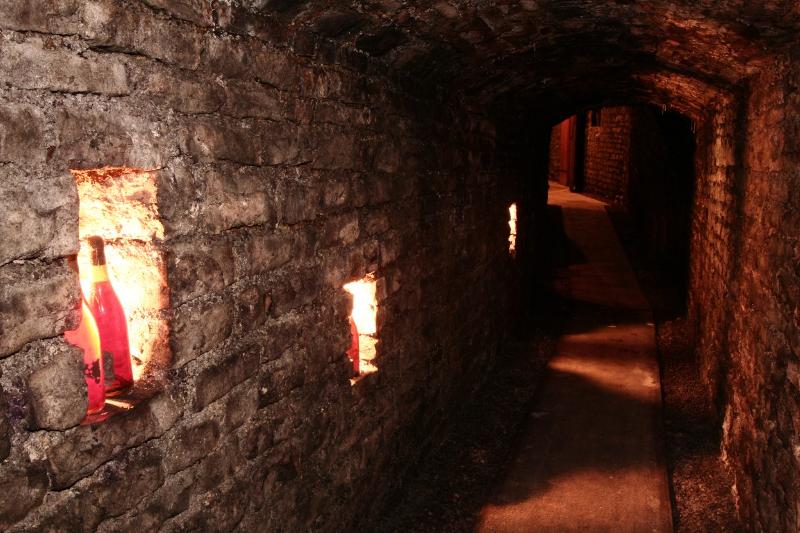
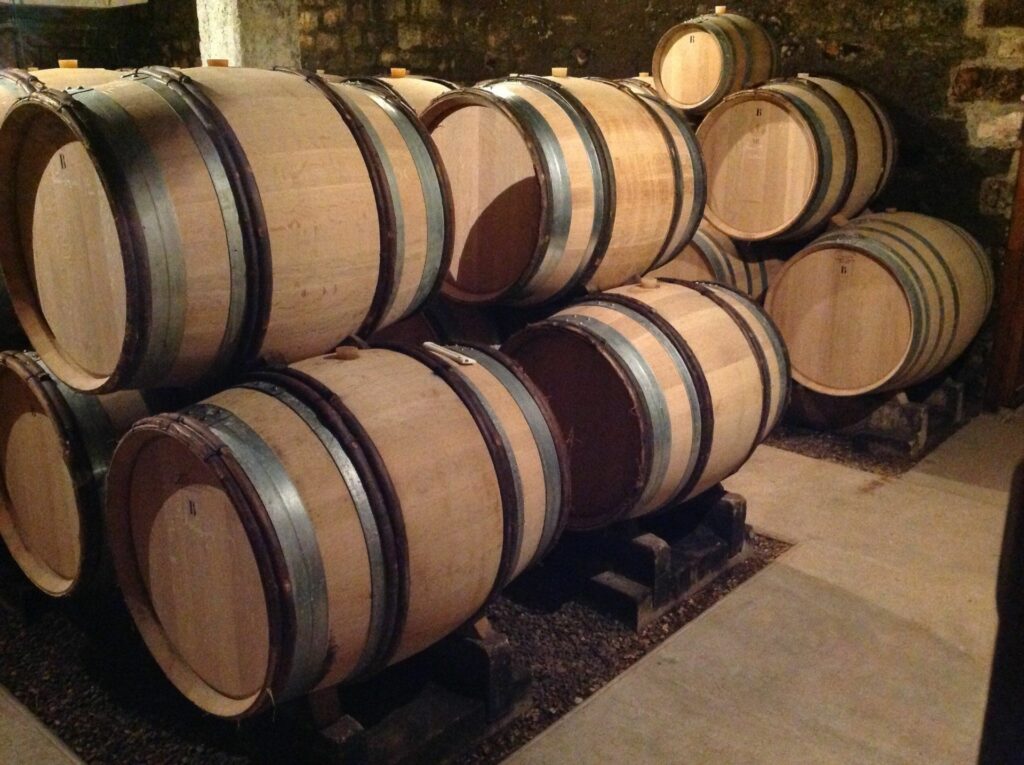
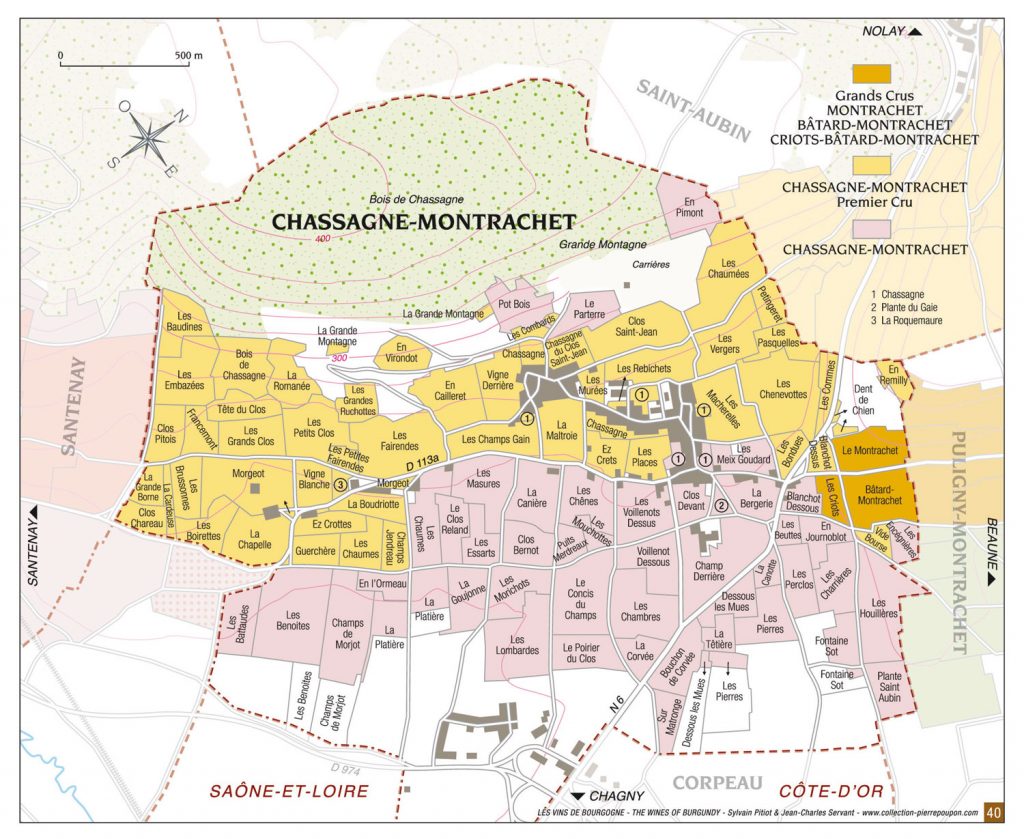
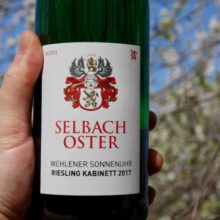
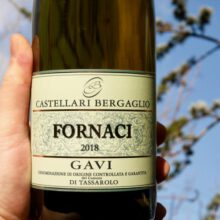
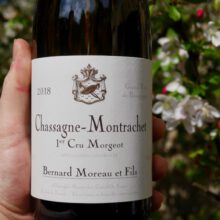
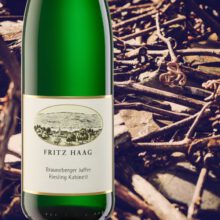
You must be logged in to post a comment.